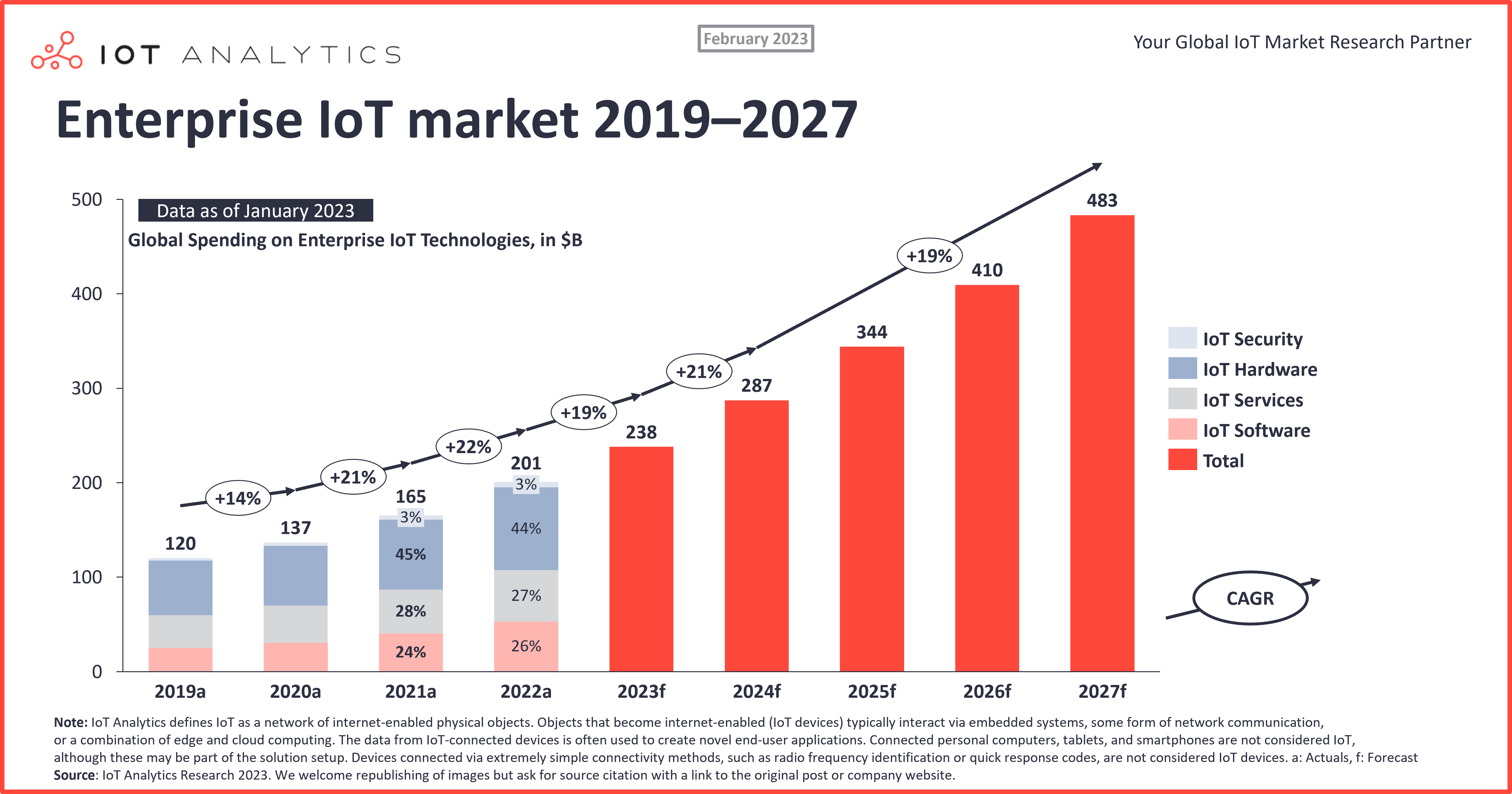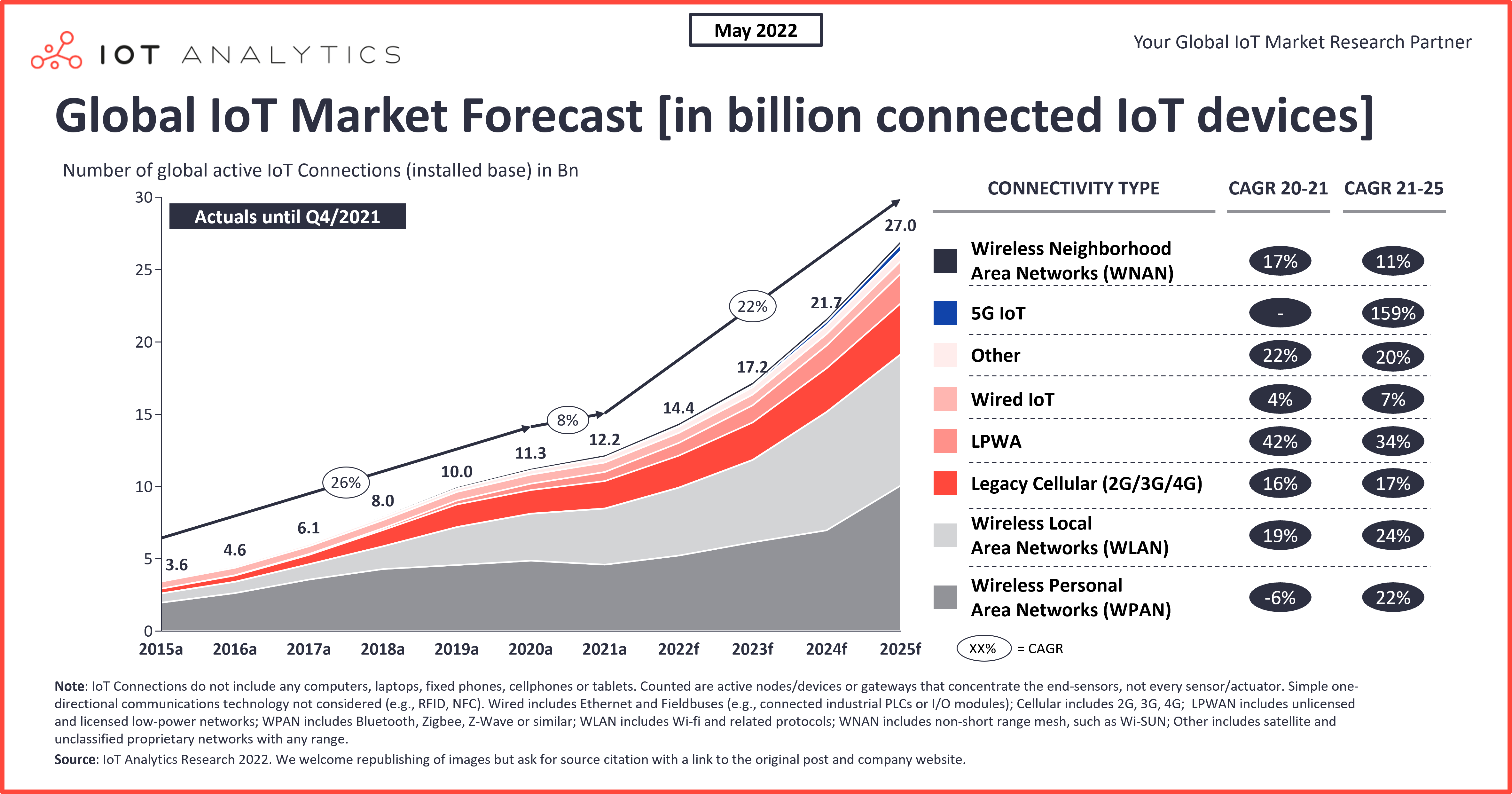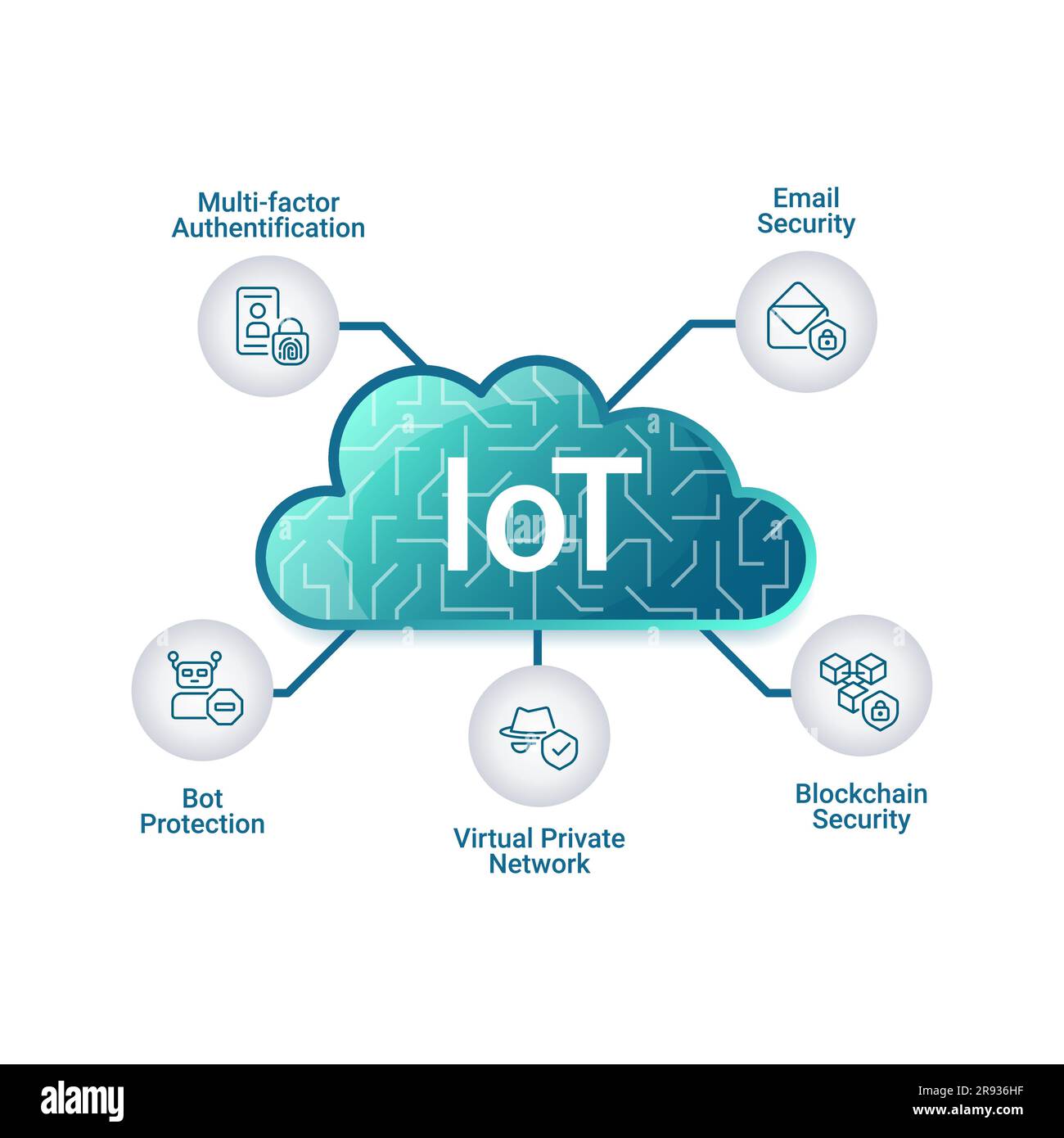Are you ready to navigate the complexities of the Internet of Things (IoT) landscape? The search queries, devoid of results, highlight a critical gap in our understanding: the lack of clear, accessible resources for grasping the intricate world of IoT devices, remote access, cloud integration, and the often-sought-after visual representations of these relationships. This presents a significant challenge for anyone looking to understand, implement, or simply learn about the interconnected world around us. The repeated frustration of encountering "We did not find results" is a clear indicator that the current information ecosystem is failing to meet the needs of those seeking clarity on IoT topics.
The absence of readily available charts and diagrams that effectively illustrate the interactions between IoT devices, remote access mechanisms, and cloud platforms represents a significant hurdle. The user's persistent search for "IoT devices remoteiot cloud chart" underscores the desire for simplified, visual explanations. Such visual aids are indispensable for demystifying complex technical concepts, fostering comprehension, and accelerating the learning process. Without them, individuals may struggle to visualize the intricate pathways of data flow, the architecture of remote access systems, and the role of cloud services in managing and processing IoT data. This void creates a barrier to entry for individuals and organizations seeking to engage with the expanding world of interconnected devices.
Let's explore some key areas where clear visualizations are desperately needed.
| Area of Need | Explanation | Impact of Lack of Visualization |
|---|---|---|
| Device Architecture | How IoT devices function internally, including sensors, processors, communication modules, and power sources. | Difficulty in understanding the individual components, their roles, and the overall operation of the device. Hinders troubleshooting and maintenance. |
| Network Connectivity | The various network protocols and technologies (Wi-Fi, Bluetooth, cellular, LoRaWAN, etc.) used to connect IoT devices to the internet. | Confusion about network options, their range, bandwidth, and security implications. Makes it difficult to choose the right connectivity solution. |
| Data Flow | The path data takes from the IoT device to the cloud, including data processing, storage, and analytics. | Lack of visibility into data pathways, potential bottlenecks, and security risks. Impedes data-driven decision-making. |
| Cloud Platform Integration | The services offered by cloud providers (AWS, Azure, Google Cloud) for IoT device management, data storage, processing, and analysis. | Difficulty in leveraging cloud services effectively. Limits the scalability and efficiency of IoT deployments. |
| Security Architecture | Security measures implemented to protect IoT devices, data, and cloud infrastructure from cyber threats. | Increased vulnerability to attacks, data breaches, and system disruptions. Requires a deeper understanding to implement and maintain effective security protocols. |
| Remote Access and Control | Methods for accessing and controlling IoT devices remotely, including protocols, user interfaces, and authentication mechanisms. | Complexity in implementing and managing remote access, potential security vulnerabilities, and limited user experience. |
| Device Management | The tools and processes used to monitor, manage, and update IoT devices remotely. | Challenges in managing a large number of devices, keeping them updated, and ensuring their optimal performance. |
| Application Development | How to build applications that interact with IoT devices and utilize the data they generate. | Difficulty in creating custom applications, integrating device data with other systems, and providing users with meaningful insights. |
| Use Case Examples | Illustrations of how IoT technologies are applied in real-world scenarios, such as smart homes, smart cities, and industrial automation. | Limited understanding of potential benefits, challenges, and best practices in various industries and applications. |
The persistent lack of successful search results suggests a gap in the availability of resources tailored to these specific needs. Current information often focuses on technical details rather than providing high-level overviews and visual aids that would be accessible to a broader audience. This absence is particularly noticeable when considering the complexity of IoT ecosystems, which often involve multiple layers of technology and diverse stakeholders, from hardware manufacturers to cloud service providers, and end users.
Consider the perspective of a business owner venturing into the realm of smart manufacturing. They might seek to understand how IoT devices, such as sensors on production lines, can connect to a cloud platform for real-time data analysis. Ideally, they would be able to access a simple, clear chart illustrating this data flow, the involved network protocols, and the security measures employed. Such a chart would offer a quick and accessible way to grasp the overall architecture, helping them make informed decisions about technology investments and implementation strategies. Unfortunately, the current information landscape often fails to deliver this type of user-friendly resource.
The recurring "We did not find results" messages indicate a need for several critical changes: a more intuitive and visually-driven approach to explaining complex IoT concepts; a greater emphasis on creating easily digestible visual aids, such as charts, diagrams, and infographics; and increased accessibility to information for non-technical users. A shift toward simplification would empower a wider audience to embrace the benefits of IoT technologies.
Let's delve into the challenges further. The IoT ecosystem is inherently complex. Devices from various manufacturers utilize different communication protocols (e.g., MQTT, CoAP, HTTP), and cloud platforms provide a bewildering array of services (e.g., data storage, analytics, machine learning). Moreover, security considerations, such as encryption, authentication, and access control, add another layer of complexity. Creating clear and concise representations of these intricate systems is a major challenge, but one that is essential for effective education and adoption.
One key area where visual aids are crucial is in illustrating the concept of the "IoT stack." The IoT stack represents the layered architecture of an IoT system, ranging from the physical devices at the bottom, up through the communication protocols, data processing layers, and application interfaces at the top. A well-designed chart of the IoT stack would enable users to comprehend the various components and their interrelationships without getting lost in the technical jargon.
Another important area is the visualization of data flow. Imagine a chart that depicts the journey of data from an IoT sensor (e.g., temperature sensor) to a cloud-based data processing system. The chart would illustrate the steps: data collection, transmission over a specific network, data pre-processing, storage, and ultimately, the presentation of the data in a user-friendly format (e.g., a dashboard). Such visualizations would help users to better understand the process and to identify potential areas for optimization.
Visualizations are also critical for security. Cybersecurity is a major concern in IoT, and a comprehensive understanding of security vulnerabilities and protective measures is essential. Charts depicting the different types of security threats (e.g., denial-of-service attacks, data breaches) and the corresponding mitigation strategies (e.g., firewalls, encryption) would be valuable in promoting a culture of security awareness.
In addition to static charts and diagrams, interactive visualizations can play a significant role in educating users about IoT. Interactive visualizations could allow users to explore different IoT scenarios, experiment with various configurations, and see how changes to parameters affect the system's behavior. This hands-on approach would significantly enhance the learning experience.
The creation of useful visualizations requires a combination of technical expertise and design thinking. The information presented needs to be accurate and up-to-date, but it also needs to be easily understandable and visually appealing. This requires collaboration between subject matter experts, graphic designers, and user experience (UX) professionals.
One way to improve the situation is to encourage the development of more open-source resources. Developers, researchers, and educators could collaborate to create a library of high-quality charts, diagrams, and other visual aids that could be freely shared and used by anyone. This would accelerate the learning process and promote a more widespread understanding of IoT concepts.
Another approach is to create educational programs and training courses that specifically focus on the visualization of IoT systems. These programs could equip individuals with the knowledge and skills needed to create their own visual aids or to effectively interpret existing ones. Such training could be targeted at a variety of audiences, from students to professionals in the field.
The limitations of the current search results clearly indicate a failure to address the needs of individuals seeking a visual understanding of the IoT landscape. Addressing this requires: A shift from dense technical explanations towards easily digestible visual content; The creation of visual resources (charts, diagrams, infographics, etc.) that simplify intricate technical concepts; The utilization of interactive visualizations to enhance user engagement; and A collaborative approach that involves subject matter experts, designers, and educators.
The current state of information, as indicated by the repeated search failures, is creating obstacles. Addressing this void is critical. Until then, individuals attempting to understand this rapidly evolving field will continue to face needless challenges. The solution lies in embracing the power of visual communication to demystify the complexities of the IoT, cloud integration, and remote access, thereby accelerating innovation and expanding the potential of the interconnected world.


